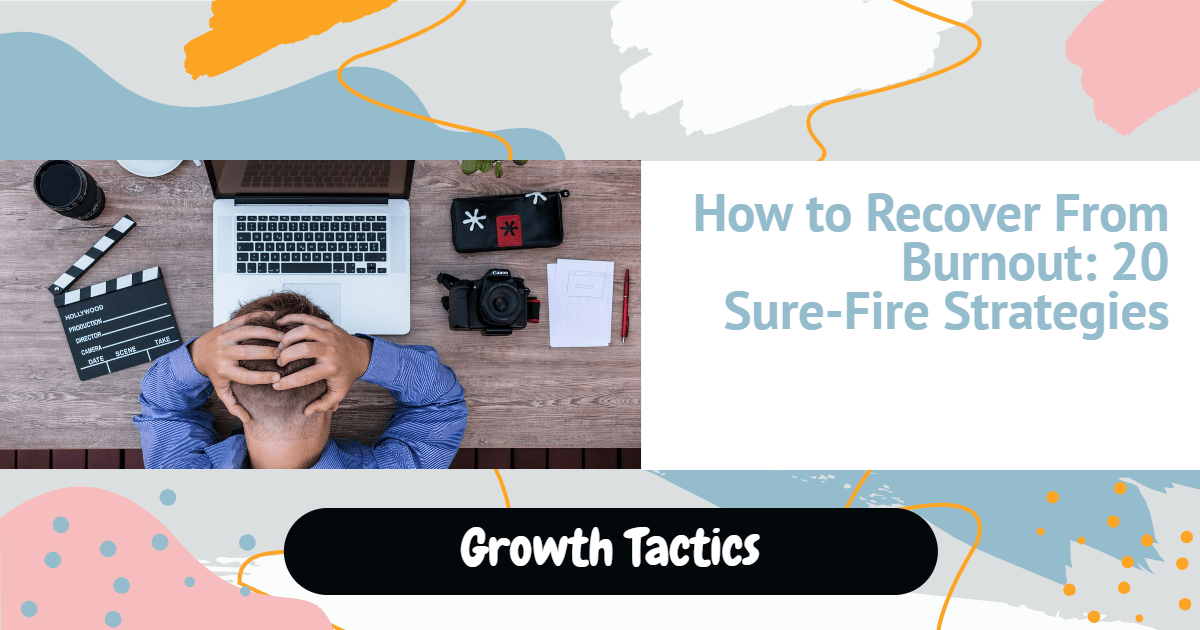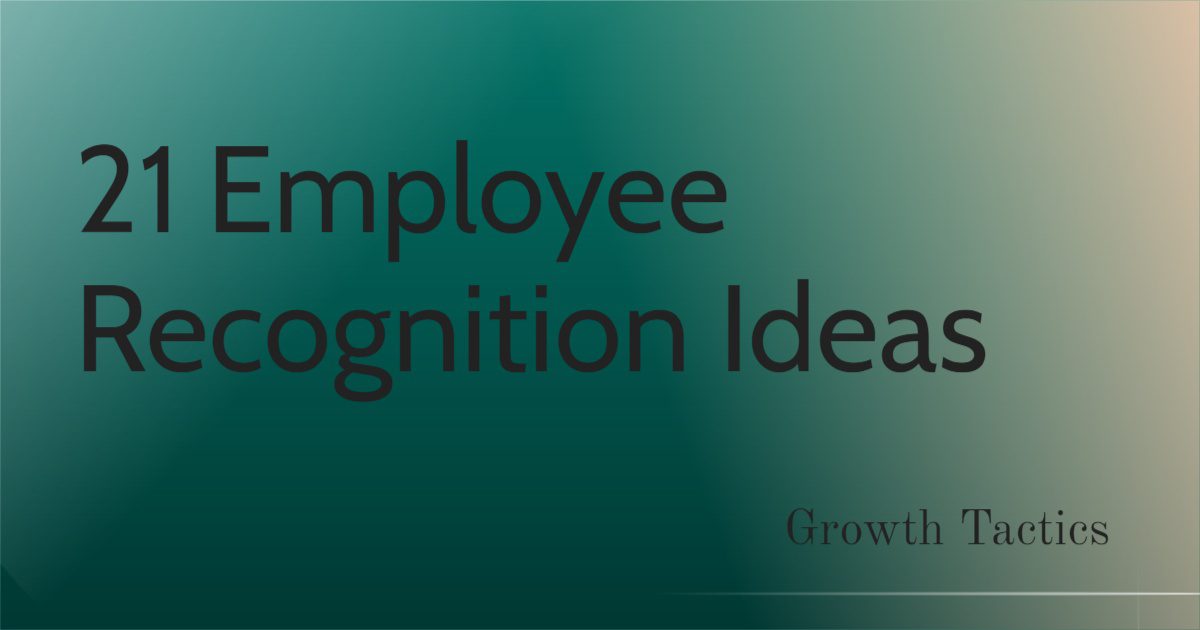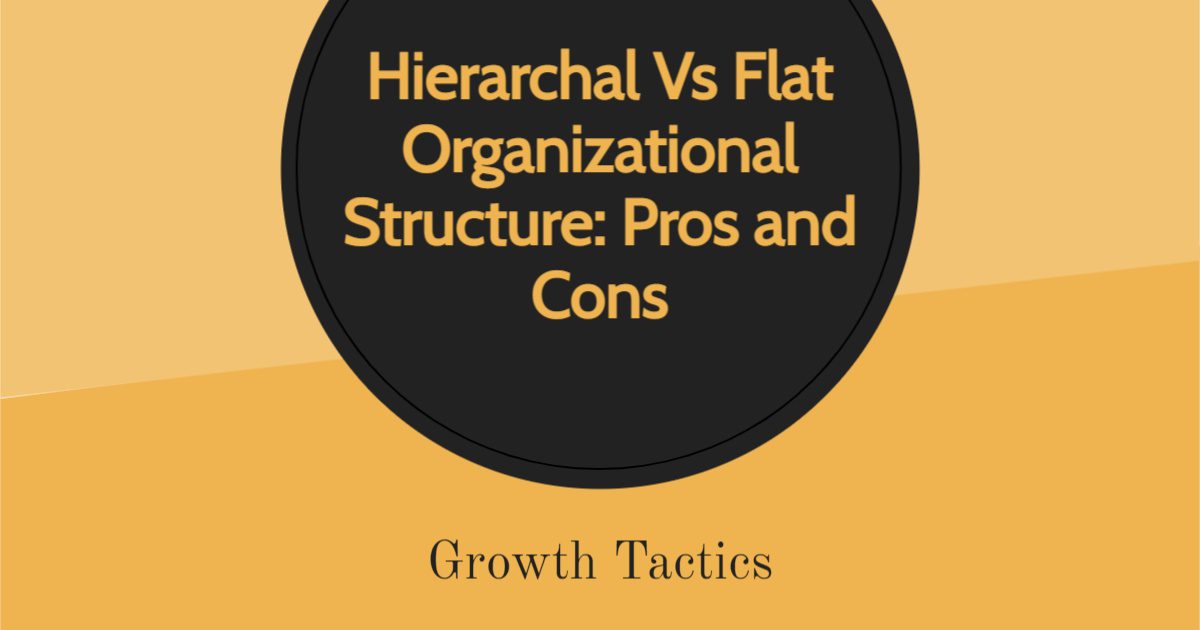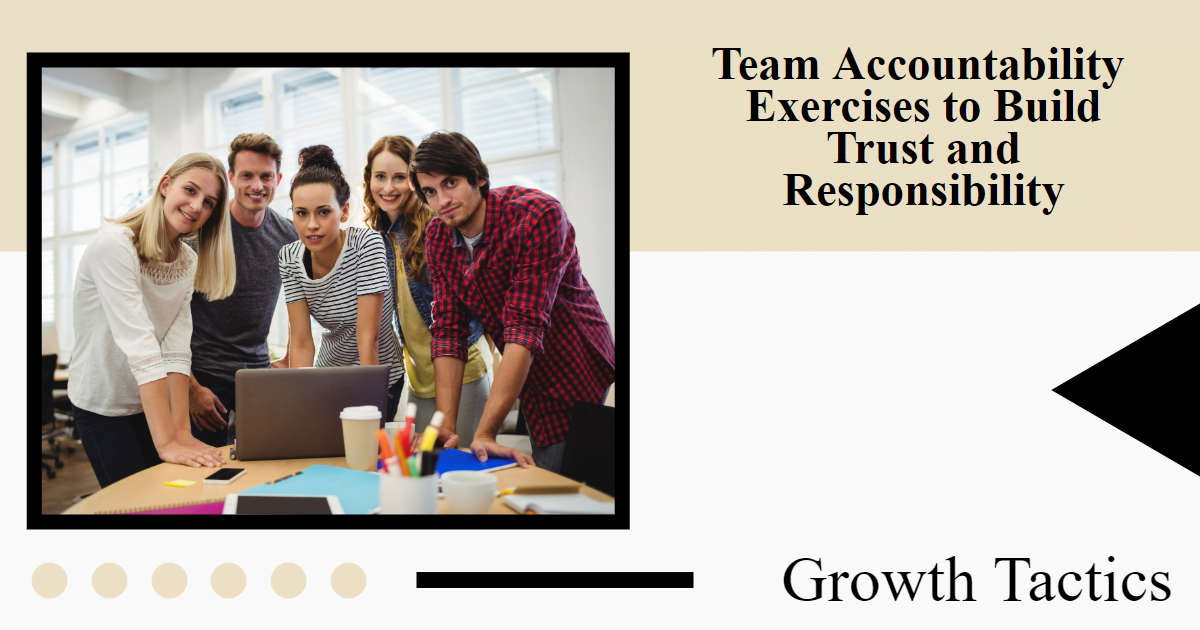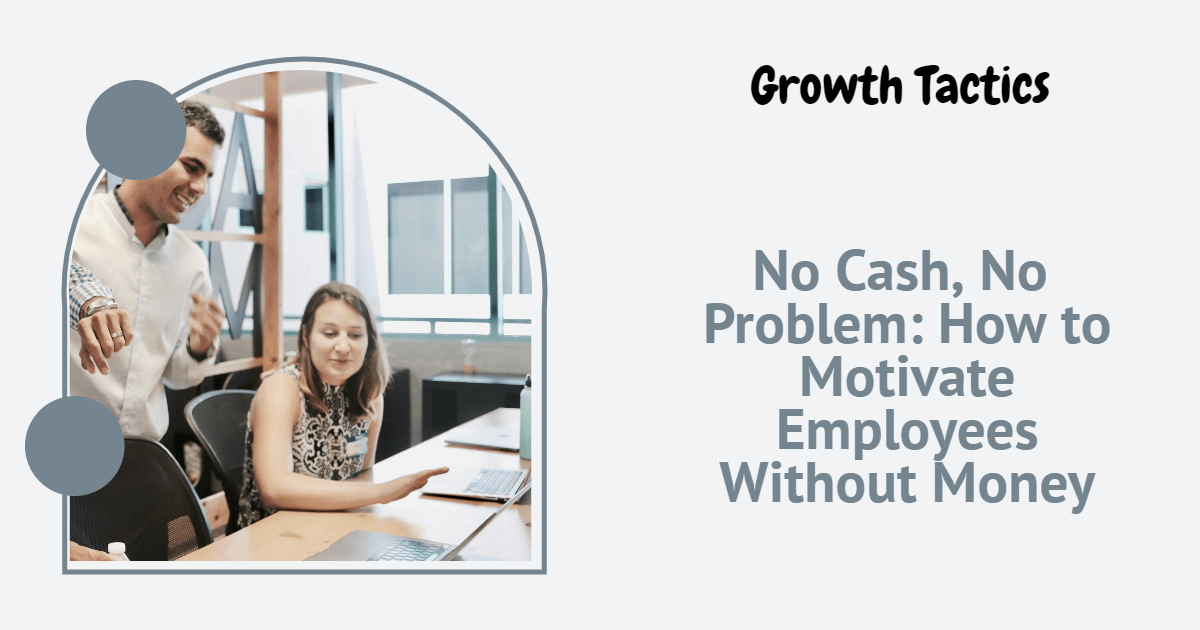8 Signs Your Coworker is Threatened by You
Competition in the workplace has risen in recent years, with 40% of employees finding their workplace somewhat competitive and 26% describing it as very competitive. While some rivalry can motivate employees, too much can breed insecurity, conflict, and threatened behaviors. This prevents collaboration, hurts morale, and damages overall performance. As a professional, it’s important to … Read more


